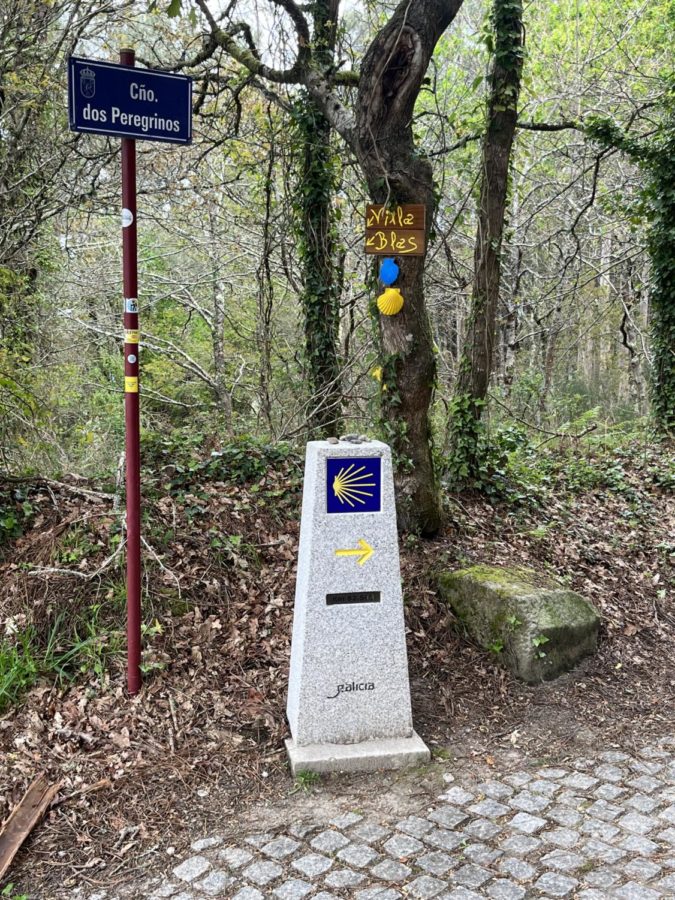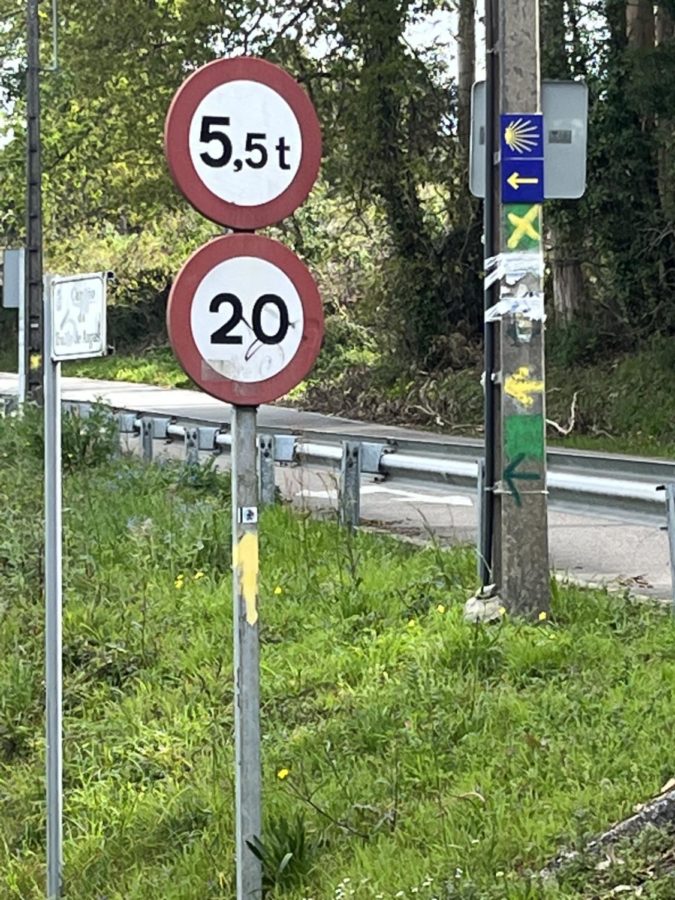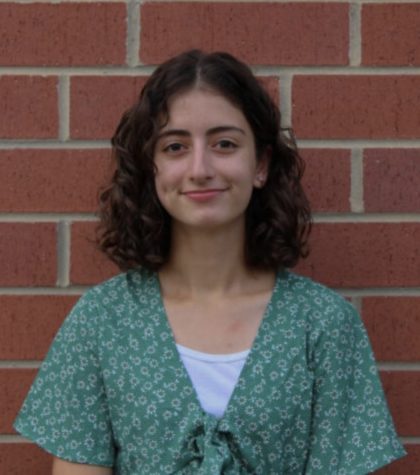Experiencing the Camino de Santiago
April 7, 2023
For seven days, my mom and I backpacked across northern Spain. We stepped into the shoes of the pilgrims who paid homage to the Apostle St. James the Great (the first disciple to be martyred) a thousand years ago.
The Camino is one of the three (other two are in Jerusalem and Rome) most important Christian pilgrimages. Although in medieval times it was undertaken for religious reasons that include seeking forgiveness for sins from the Saint, it is now trekked for psychological, historical, cultural and physical purposes as well. There are 7 main Camino de Santiago (translated to the Way of St. James) routes that start in different parts of Europe (the most popular choice being the Camino Frances in France) and end in Santiago de Compostela, Spain. The whole pilgrimage spans around 500 miles.
I had never heard of the Camino until my mom came across it and felt inexplicably drawn regardless of our Jewish identity. I went along because I always wanted to try backpacking, but I did not expect to get as much out of this trip as I did.
Honestly, as I stood hunched over from the weight of the backpack at the airport, I could only think of how I would deal with lugging it around and I felt more irritated than excited.
In retrospect, although we had never done anything like this before, it was amazing.
After spending a day in Porto, Portugal, we took the train to Vigo, Spain and our journey commenced with the guidance of yellow and blue Scallop shell signs marking the path. These symbols would be a beacon of hope in the coming days as we ventured further into the remote countryside and became more isolated. With us were the Credentials (Pilgrim’s Passport) we had collected from a cathedral. In order to receive the Compostela (documentation emboldened with your name in Latin that proves you have walked >100 km), it is necessary to collect stamps in the Credentials from different establishments (i.e. churches, restaurants) along the way.
We took the Coastal route (the alternative being the more inland Central route.) We interweaved through the villages overlooking the vast ocean sprinkled with islands. The inhabitants of the red-roofed houses enveloped by fragrant flowers and orange and lemon trees tended to their gardens and greeted us with ¡Buen Camino! as we passed.
The next day, we hiked through the forest of Redondela where mountain bikers shared our path. Returning back to the winding roads, we noticed peculiar structures bearing crosses on either side in the yard of each home. My mom and I thought they were ancient structures containing the dead, but a couple traveling from South Africa informed us they were actually hórreos used to store grain.
We did not encounter as many pilgrims as we had previously thought (most likely because the peak season for the Camino is summertime), and it was only on the last day at the final destination did I see and realize that people from all walks of life embarked on the same passage yet for different reasons.
But, we did befriend those we met. Connecting with strangers was made easy through the shared physical pain and excitement of exploring. Many people traveled in groups they formed in albergues (hostels for pilgrims that date back to the Middle Ages.)
Most of the time though, my mom and I were isolated on the trail as we proceeded along the more secluded Variante Espiritual path. Periods of silent reflection and musing were accompanied by the sound of our hiking sticks breaking through the dirt.
Although I am not religious, I could feel some unknown entity in my presence along this Spiritual path. That feeling was more pronounced after attending a Pilgrim’s Blessing in the Monasterio de Armenteira along the way and sitting in on a Mass at the Cathedral de Compostela where the priest read out the names of those who had received the Compostela that day and recited a special prayer for each one.
Although walking the Camino was no walk in the park, the soreness and discomfort melted away as I took in the sights around me and prodded onwards. Throughout the trip, my mom and I wore hiking boots and the tens of thousands of steps we completed each day was made evident by the smell of our socks and the nasty blisters that formed. But these were minor inconveniences in the grand scheme of things, and I was also happy that it was a tad early in the year for bug infestation and the whistles my mom bought to deter wild dogs were not used.
The food made every step worth it. Clams, mussels, squid, octopus, cod, and more seafood were supplied by the neighboring ocean and every morsel teemed with flavor and freshness that one could not get here.
On a boat ride from Vilanova de Arousa to Padrón, we witnessed hundreds of mussel platforms along the coast of Ría de Arousa. The baby mussel seeds clustered in the socks dropped into the ocean would produce juicy mussels after at least a year.
Morning lethargy was overcome with dark, aromatic coffee that tasted every bit as good as it smelled, and evening fatigue was complemented by papillae-arousing dishes. It is not an exaggeration to say that every bite confronted was received with pleasure.
I’ve always loved being outdoors, and this trip really solidified my desire to explore the world through backpacking in college, in addition to bringing me closer to my mom. Although receiving the Compostela marked the end of this particular adventure, it is only the beginning of the litany of adventures that will follow in the foreseeable future.




